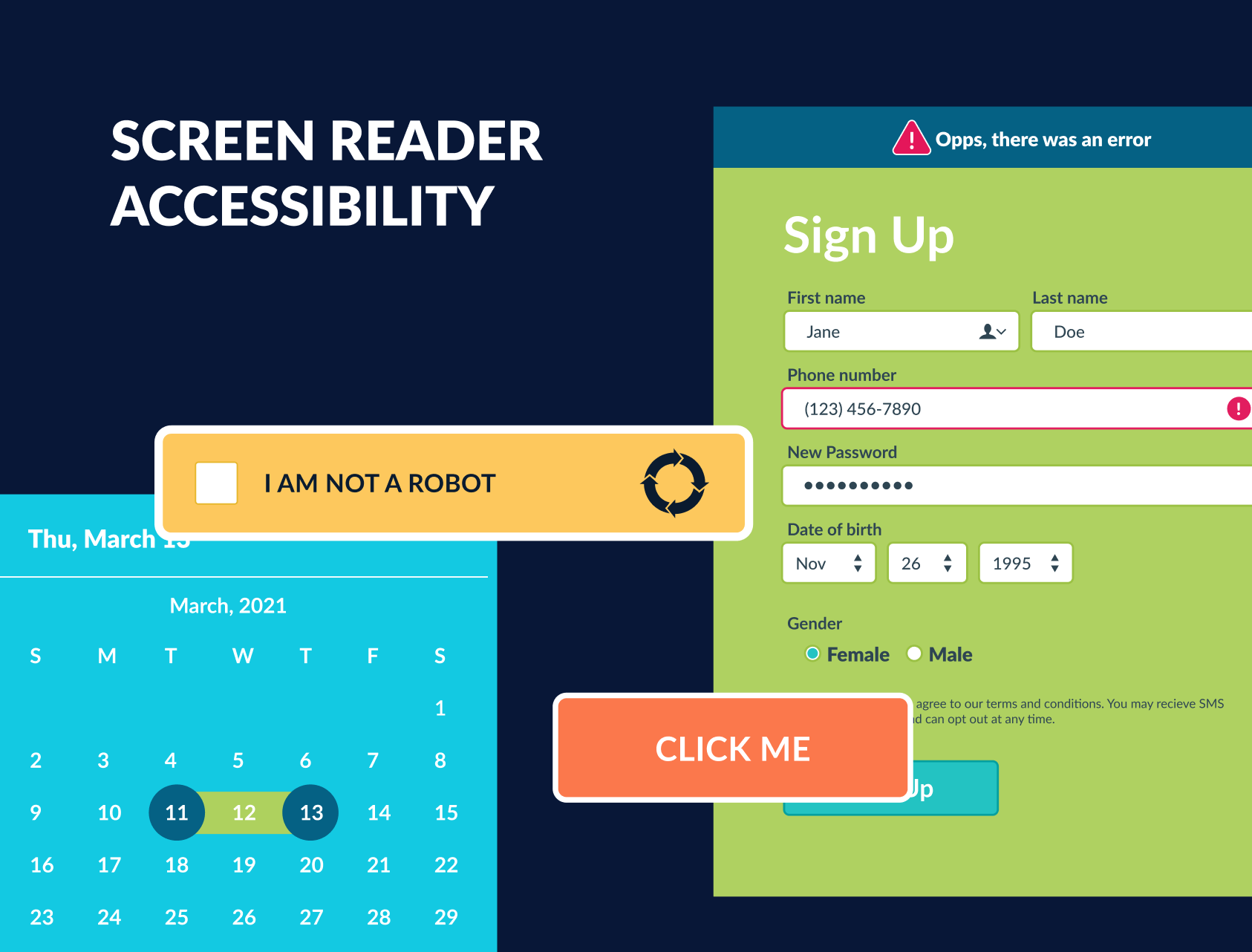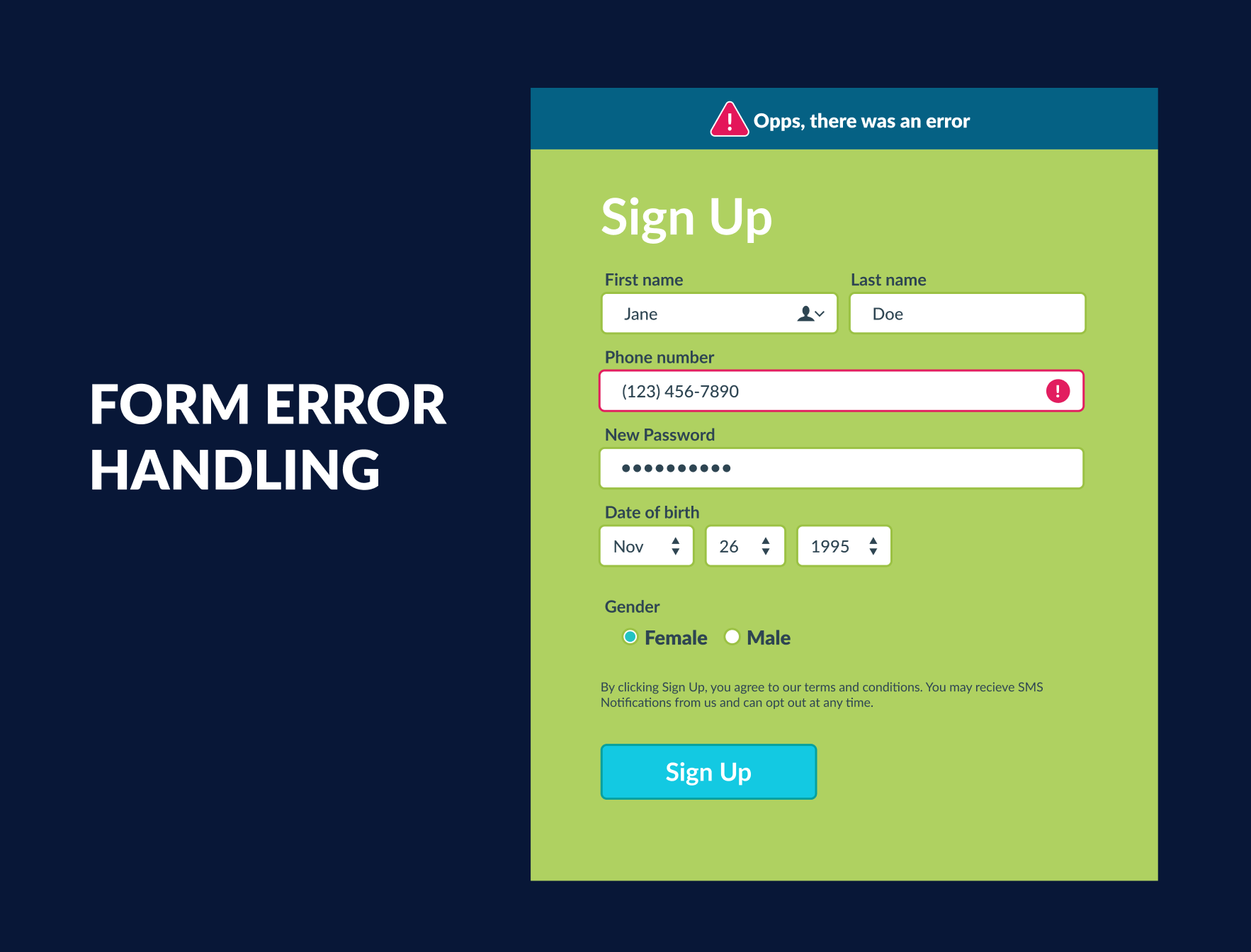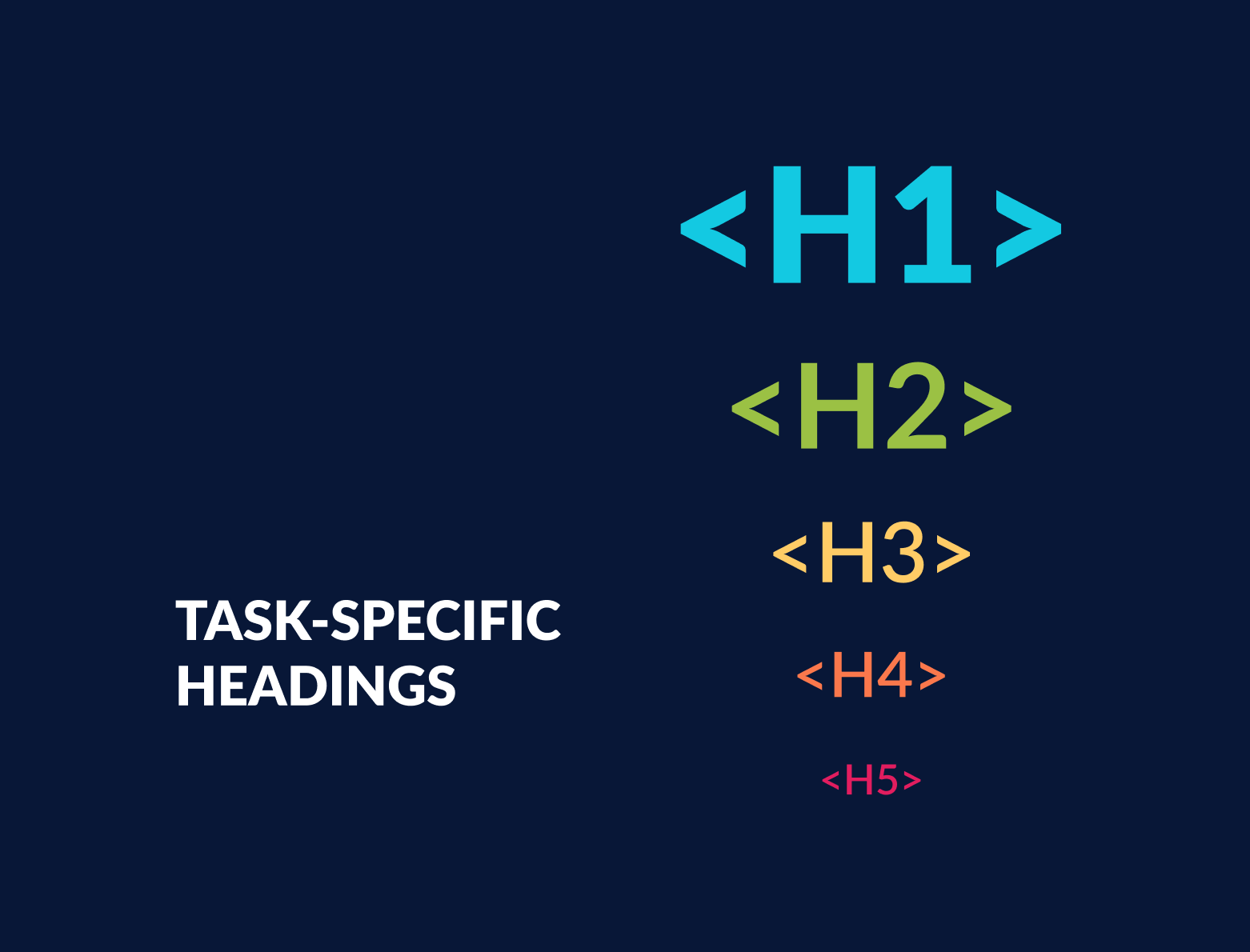Web Accessibility Content
Interested in learning about the web accessiblity research conducted by the Olin College 2020-2021 SCOPE Team? Click the whitepaper links below to learn about the human-centered design insights and actionable accessibility challenges we identified through interviews with people who are blind. Check out the functional specification links if you'd like to dive deep into some of the project proposals we passed to UT Austin and Microsoft for further development.





